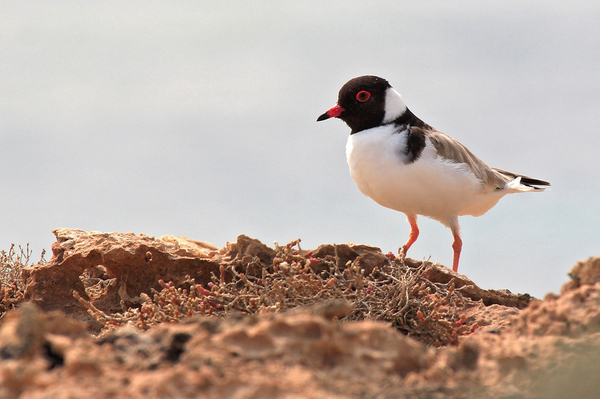Council has adopted a first-of-its-kind plan aimed at protecting the hooded plover, an iconic and highly threatened bird species that lives and breeds on local beaches.
The Hooded Plover Conservation Action Plan sets out a series of key priorities, targets and actions for hooded plover protection during the next five years.
The overall goal of the plan is to achieve an annual success rate of at least 0.4 to 0.5 fledglings per breeding pair.
It sets out to do this by:
Raising awareness about hooded plovers;
Applying a collaborative, strategic approach towards hooded plover breeding protection;
Supporting BirdLife Australia staff and volunteers and;
Managing threats to hooded plover breeding efforts.
A draft of the plan was released for community consultation during August and November 2018.
This resulted in 13 submissions and three minor changes relating to protection zones in coastal areas and signage installation and maintenance.
Although this formal plan is the first of its kind, the City’s efforts to protect the hooded plover under the guidance of BirdLife Australia date back to 2006.
“The hooded plover is highly threatened and unfortunately, the increasing popularity of our coastal areas is not helping their chances of survival,” mayor Bruce Harwood said.
“There are a number of local groups and organisations doing great work to protect these birds, and this plan brings them all together with a clear set of goals and actions.
“With the community’s help, this plan will see the City and its partners achieve some positive outcomes for the survival of the hooded plover long term.”
The City of Greater Geelong supports 6.7 per cent of the Victorian population of hooded plovers, or around 570 birds. They can be found on beaches between Point Lonsdale and Breamlea.
The main threats to the birds’ survival include humans, dogs, predators such as foxes and native birds, coastal population growth and loss of habitat.









